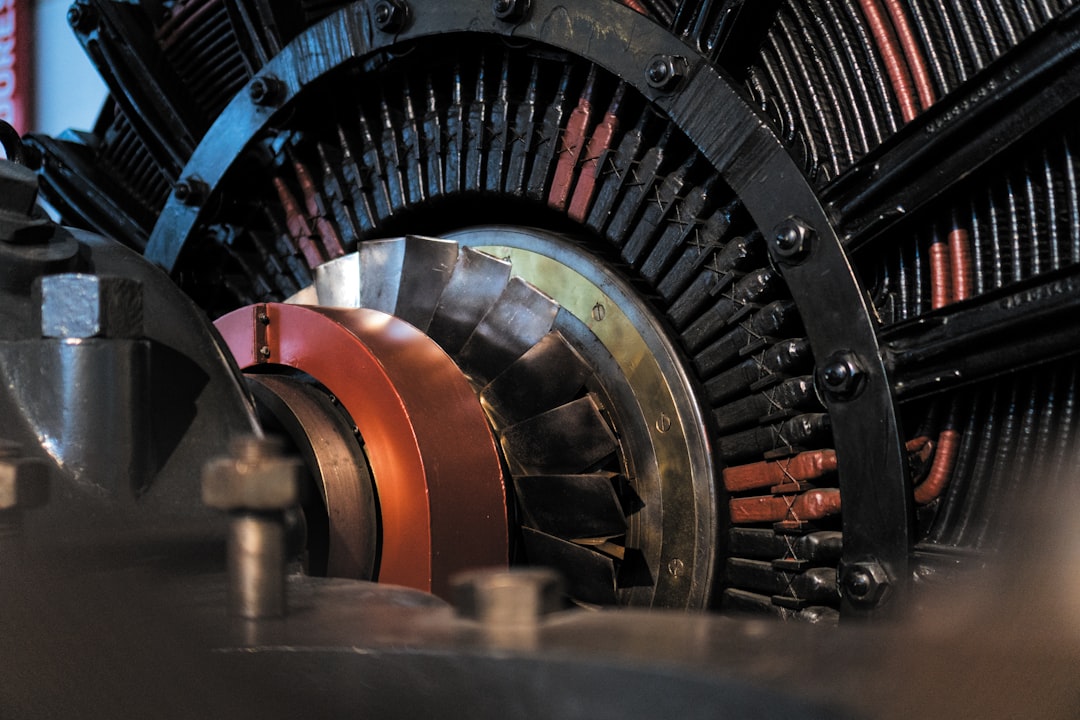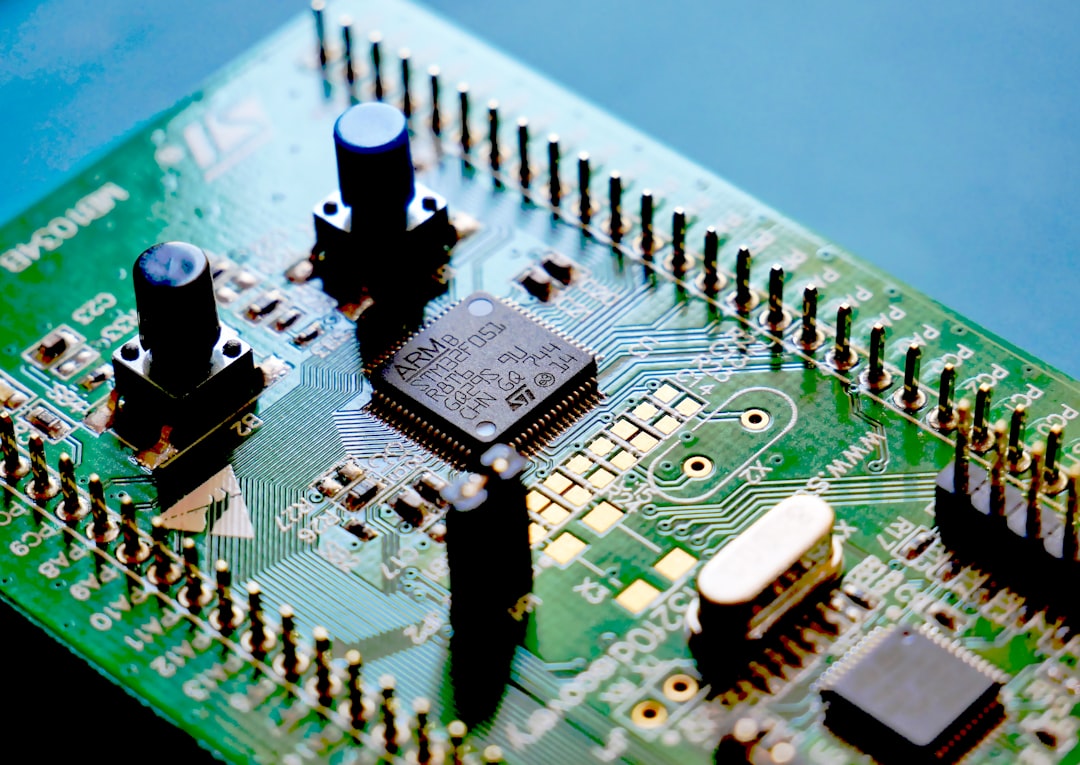What is it about?
Simultaneous capture of various light information, including polarization and edge information of the objects, has consistently been a fundamental concern within the field of target recognition. However, these tasks are typically accompanied by bulky optical components and active illumination methods, which significantly restricts their use in compact and lightweight applications. Here, we demonstrate a metalens-assisted imaging system that can simultaneously achieve polarization imaging and optoelectronic edge detection in a single shot with low consumption. The dielectric metalens is designed to achieve polarization imaging by dispersing the input polarized light into two orthogonal components, resulting in optoelectronic isotropic edge detection of two-dimensional images after digital post-processing. Compared with the algorithmic methods using a convolution kernel, the proposed system has a much lower computational complexity. The work presented in this study demonstrates the potential applications in machine vision and paves the way for the development of compact target recognition and real-time image processing systems.
Featured Image

Photo by Swanson Chan on Unsplash
Why is it important?
Previous work is mainly limited to realizing the sole-functional polarization imaging or edge detection. We propose an all-dielectric metalens that enables polarization imaging and directly captures the isotropic edge information of the two-dimensional image from the polarized images with simple mathematical analysis.
Perspectives
By utilizing the advantages of metasurfaces in miniaturization and integration, the proposed multifunctional imaging system can be applied in more scenarios. For instance, by employing this multidimensional information detection technology, it becomes feasible to achieve precise and efficient detection of various dimensions of information, such as spectrum, depth, and orbital angular momentum.
Yandong Fan
Read the Original
This page is a summary of: Single-metalens-assisted polarization imaging and edge detection for target recognition, Applied Physics Letters, April 2024, American Institute of Physics,
DOI: 10.1063/5.0192217.
You can read the full text:
Resources
Contributors
The following have contributed to this page










